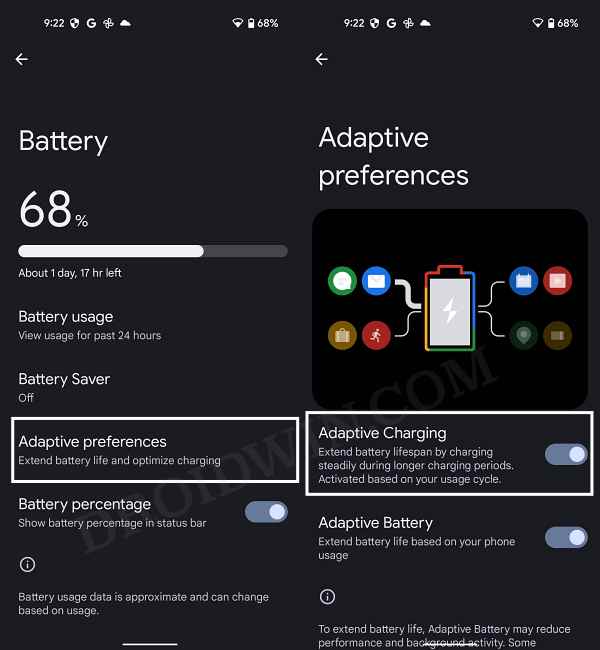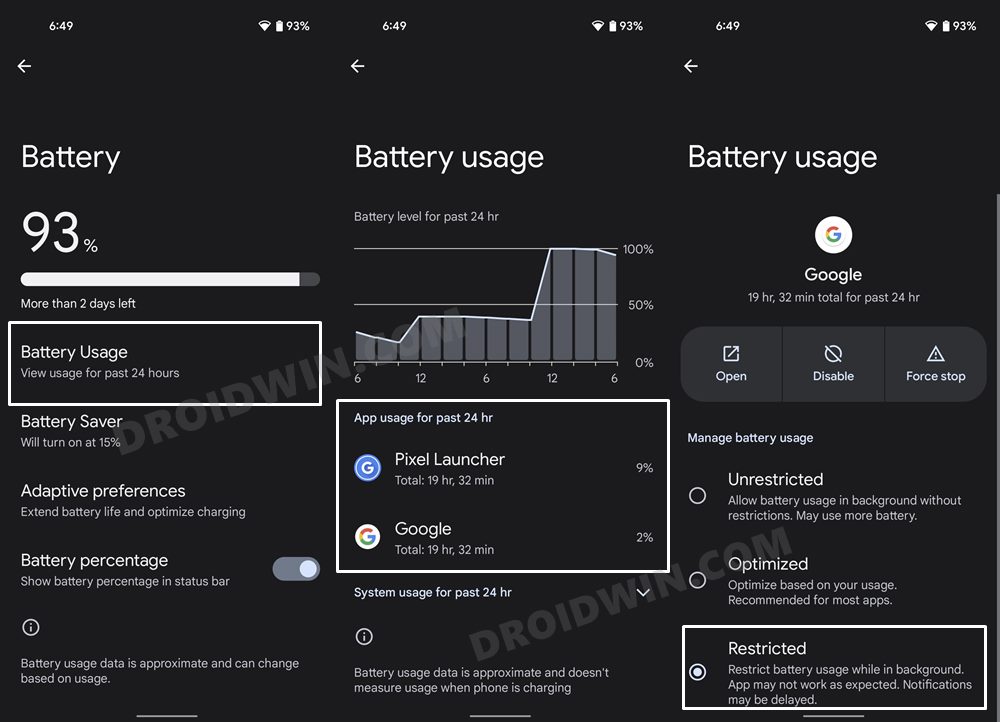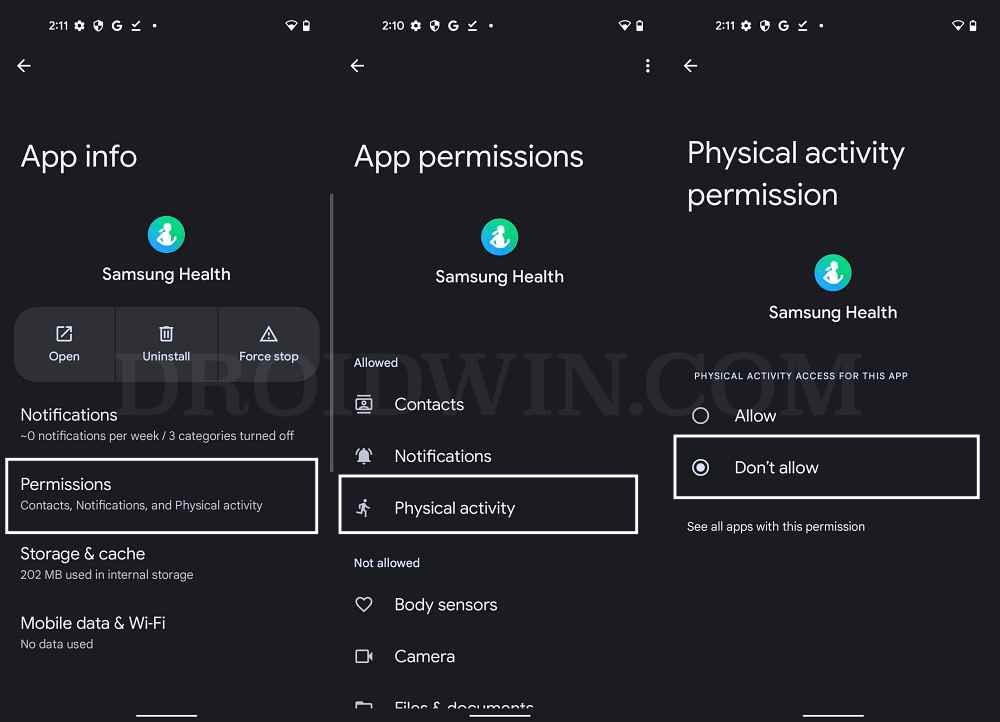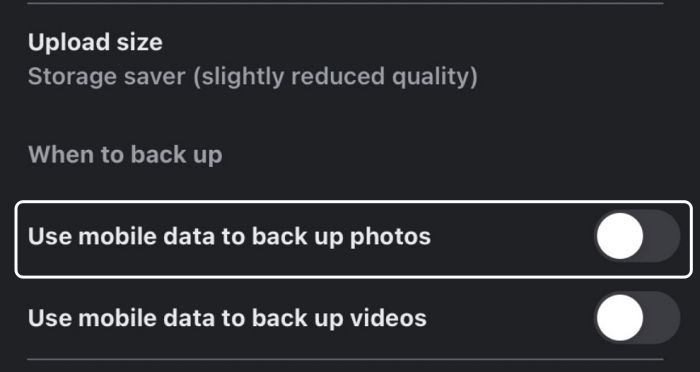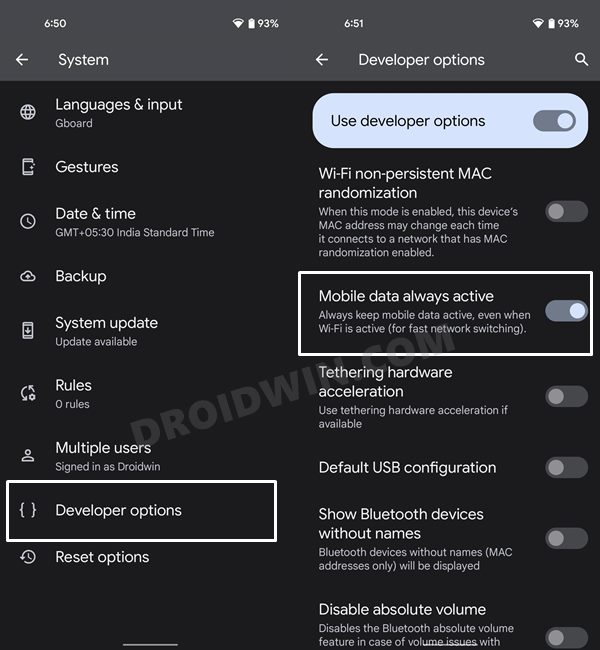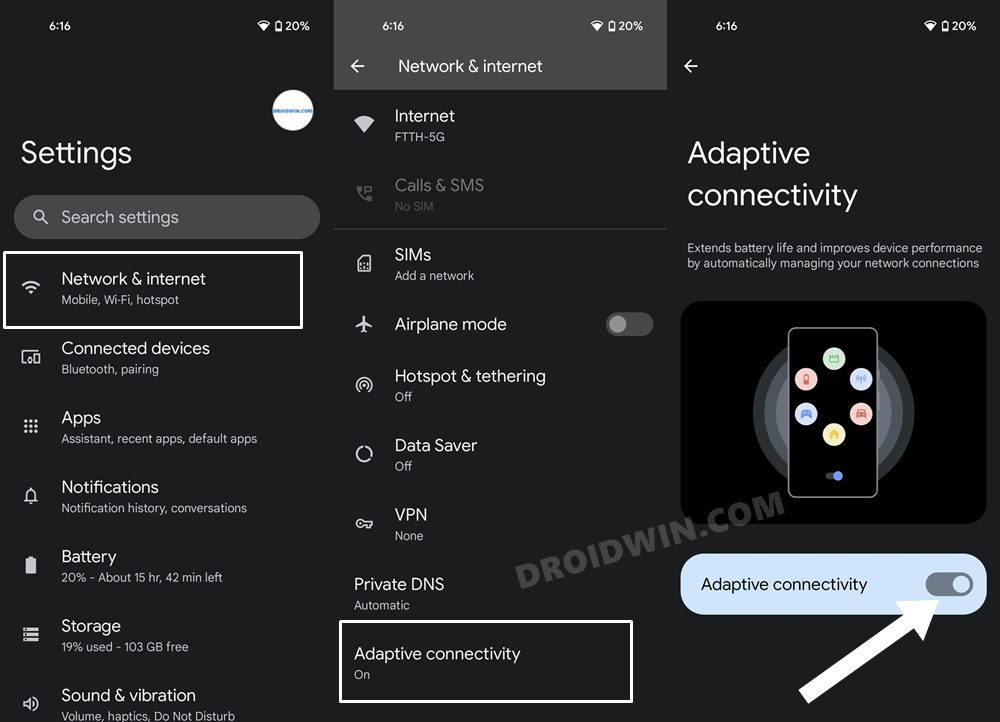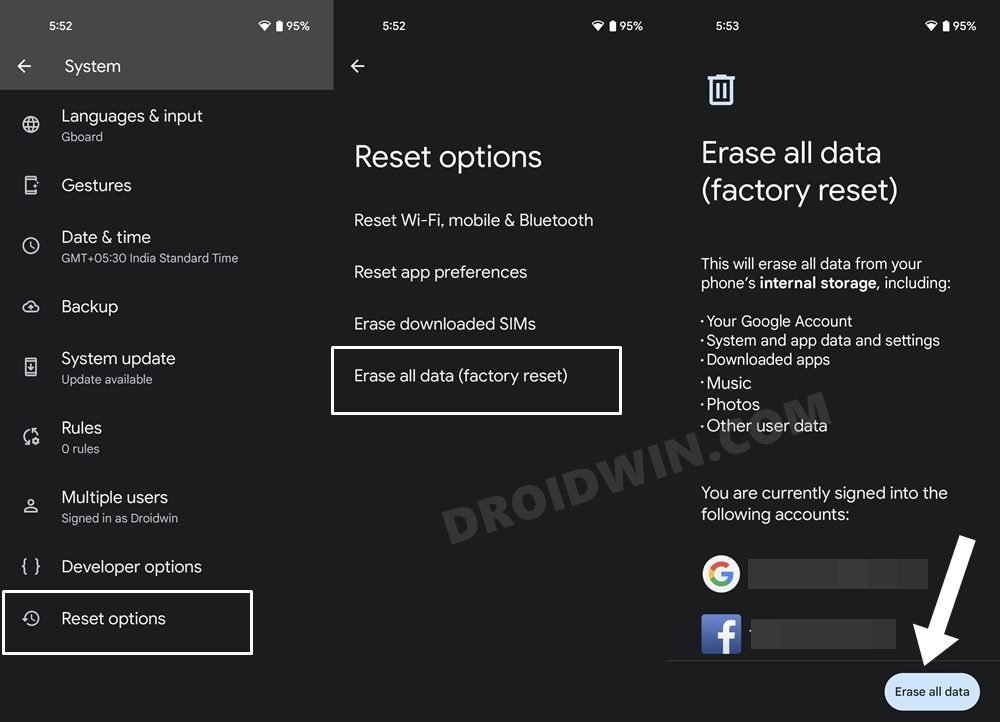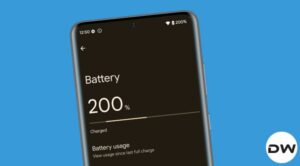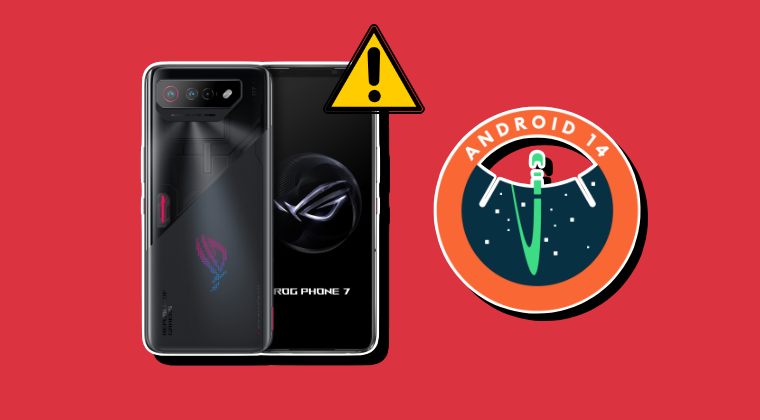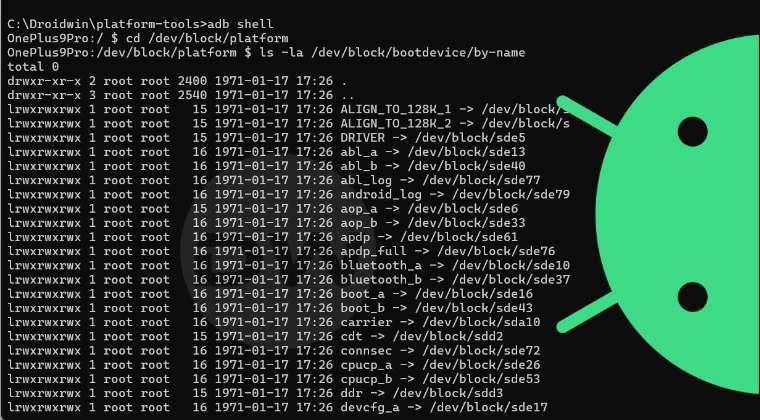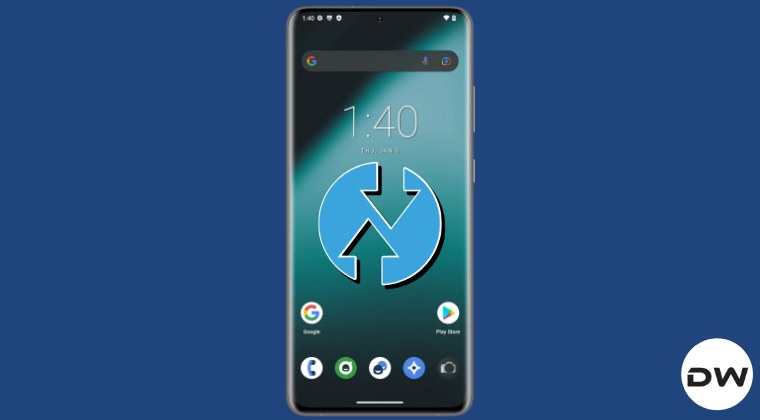In this guide, we will show you various methods to fix the device overheating issue after installing the latest Android 15 build. The fifteenth iteration of the OS in the form of Vanilla Ice Cream has just made its way, thereby giving us an early glimpse of how this new dessert would taste in the time to come. Talking about its ingredients, you are about to get blessed with the likes of Private Space, Lock Screen widgets, Battery Health Percentage, and App Archive.
On the flip side though, it isn’t free from its fair share of issues either. For instance, numerous users have voiced their concern that their devices running the latest Android 15 build are overheating and getting hot even on carrying out normal day-to-day tasks that aren’t resource-intensive or hog quite a lot of system resources. If you are also facing this issue, then this guide will make you aware of numerous workarounds to rectify this bug. Follow along.
Table of Contents
Fix Android 15 Overheating [10 Methods]

It is recommended that you try out each of the below-mentioned workarounds and then see which one spells out success for you. So with that in mind, let’s get started.
FIX 1: Disable Adaptive Charging
When you plug in your device to the charger at night, the Adaptive Charging feature will keep the battery charged to a maximum of 80% throughout the night. Then when it’s time for you to wake up, it will complete the rest of the charging process so that you get a fully charged device. But how does it determine your wake-up time? Well, it primarily uses the alarm that you have set up and your daily usage routine.
And while it does its job quite well, it still has a long way to go. This is because some users have voiced their concern that once they wake up, they still find their device stuck at 80% charging. So they again have to restart the charging process which in turn ends up overheating their device. So you could consider disabling this feature and then check out the results. Here’s how it could be done:
- To begin with, head over to Settings > Battery.
- Then go to the Adaptive Preferences section.

- Now turn off the toggle next to Adaptive Charging.
- Check if it fixes the overheating issue on Android 15.
FIX 2: Restrict App’s Battery Usage
In some cases, an app might be aggressively running in the background which would not only lead to excessive battery drainage but could also result in overheating of your device. Therefore, you should consider putting a cap on the maximum battery usage for such apps. Here’s how it could be done:
- To begin with, head over to the Settings menu on your device.
- Then go to Battery > Battery Usage section.
- Now refer to the apps under the ‘App usage for past 24 hr’.

- Tap on the first app in that list and select Restricted from the menu.
- Likewise, do so for all the apps that occupy a higher position in that list.
- Once done, verify if it fixes the overheating issue on Android 15.
FIX 3: Disable Physical Activity Permission
If you have a smartwatch app installed on your device, then it would tend to constantly run in the background and carry out its tasks such as counting your steps. However, in this in turn might also end up overheating the device in the long run. So you should consider disabling the app’s Physical Activity permission and refer to all your activity data directly from the watch itself. Here’s how it could be done:

- To begin with, head over to Settings > Apps > See All Apps.
- Then select the Samsung Health App and go to its Permission section.

- After that select the Physical Activity permission under Allowed.
- Now change its permission to Don’t Allow and check out the results.
FIX 4: Backup Videos only via WiFi
Numerous users have been facing Pixel 8 Pro overheating issues while recording a video. If you are also in the same boat, then the culprit behind this issue is the Google Photos setting which tends to back up videos even on Mobile Data. Therefore, you should consider disabling this functionality [at least while the recording is going on] and only let it do the backup via WiFi. So carry out this tweak using the below-listed steps and check if it works ot in your favor:
- Launch Photos and tap on the profile at the top.
- Then select Settings and go to Backup and Sync.

- Now disable Use Mobile Data to Backup Videos.
- Check if it fixes the Android 15 overheating issue.
FIX 5: Use Google’s Recommended Tweaks
The Silicon Valley giant has advised a few generic tweaks that you could try out to prevent your Pixel 7 Pro from overheating or stop the heating issue if it is already warm enough:
- Stop features or apps that make heavy use of your phone’s resources. You can restart them when your phone cools down. Your phone may overheat when you:
- Place video calls.
- Record with the Camera app.
- Play media, like stream shows over Wi-Fi or 5G, or play downloaded videos.
- Use navigation apps for extended periods of time.
- Use features or apps that use a lot of resources while you charge your phone.
- Keep your phone away from excessive heat, like inside a hot vehicle or outside in direct sunlight.
- Don’t keep your phone in enclosed or poorly ventilated areas.
- Reduce your phone’s display brightness. Open your phone’s Settings app. Then, tap Display > Brightness level.
- Use only cases or covers made for your specific phone.
- If possible, use Wi-Fi instead of mobile data.
FIX 6: Disable Battery Hogging Tweaks
There are quite a few under-the-hood tweaks that, on one hand, give you some intriguing goodies to aid you with your daily usage of your device, but on the other hand, might also lead to the device being overheated due to these services being constantly running in the background. Therefore, you should consider disabling or minimizing the functionalities of those features, some of which are:
- Disable Always On Display: Go to Settings > Display > Lock Screen > Disable Always On Display
- Disable Mobile Data Always Active: Go to Settings > About Phone > Tap on Build Number 7 times > Go to System > Developer Options > Disable Mobile Data Always Active.

- Lower Screen Timeout: Go to Settings > Display > Screen Timeout > Select 15 seconds.
- Disable Tap to Wake: Go to Settings > Display > Lock Screen > Disable Tap to Check Phone and Lift to Check Phone.
FIX 7: Disable Adaptive Connectivity
One of the most underrated culprits of this issue seems to be Adaptive Connectivity. For the unaware, this feature helps your device to automatically switch from 5G to 4G whenever it deems fit. However, this continuous switch between the networks throughout ends up putting an unnecessary load on the OS and in turn results in the device getting overheated, apart from an astronomical amount of battery drain. Therefore, you should consider disabling this feature, which could be done as follows:
- Head over to Settings > Network and Internet section.
- Then disable the toggle next to Adaptive Connectivity.
- Check if it fixes the device overheat issue on Android 15.

FIX 8: Use Official Charger
While it has already been said many times before, but I would still like to reiterate the fact that you should only use the official charger and not any third-party one. For instance, if you are using a Pixel device, then the 30W charging brick is provided by Google will be your best bet.
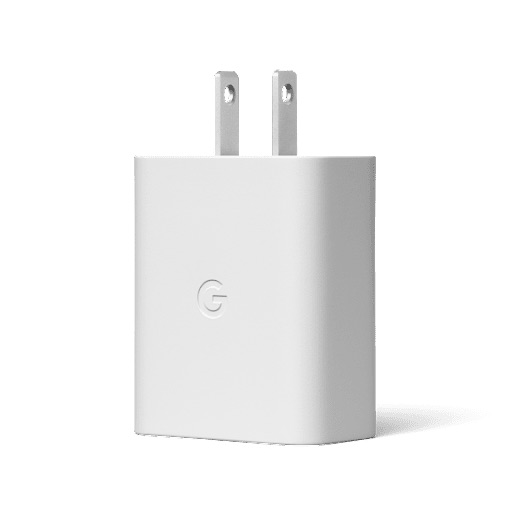
Moreover, it has been observed that Pixel usually tends to get hotter if has been left plugged into the charger overnight. In this regard, when the battery temperature crosses the 40-degree C mark, then the device tends to charge only at 3.5W. So in such cases, it is recommended that you try to cool down your phone by putting it in front of your air conditioner vent.
Upon further testing, we found out that once the device temperature was lowered to 25 degrees C, then it was charging at its full capacity. So try charging your Pixel 7/Pro in a cool environment and then see if it does any good in fixing the Android 15 overheating issue.
FIX 9: Flash Custom Kernel
If you are willing to go into the road less traveled, then flashing a custom kernel could make a difference between day and night. They tend to give special attention to improving the device’s efficiency and performance by making sure that the memory and system resources are consumed in an equilibrium manner. In this regard, the likes of Dispair Kernel could prove to be one of the best Kernels for your device.
FIX 10: Reset Device
If none of the aforementioned methods managed to rectify the issue, then your last course of action should be to factory reset your device. This will delete all the data and bring the settings back to their default state- exactly how it was when you first unboxed your device. So it goes without saying that you should first take a backup of all the data (via Settings > System > Backup) and only then proceed with the below steps:
- Start off by heading over to Settings > System.
- Then go to Reset Options and select Erase All Data (Factory Reset).
- After that, tap on the Erase All Data. Your device will undergo a factory reset.

- Once done, you will be taken to the setup screen.
- Sign in with your Google account, set it up, and check out the result.
That’s it. These were the various methods to fix the overheating issue on Android 15. If you have any queries concerning the aforementioned steps, do let us know in the comments. We will get back to you with a solution at the earliest.
